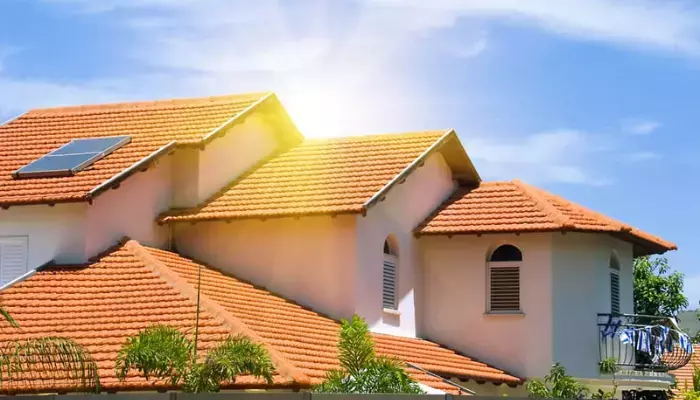Hello Friends,
Are you planning to build a new house and are worried about which side of the house gets the most & least sunlight? So no need to worry, we have given a brief description in this article of which direction the maximum and least amount of sunlight enters the house.
We all understand the importance of sunlight for a healthy existence, but have you ever considered how it might impact your house?
Energy efficiency, temperature, and even your mood can all be significantly impacted by the quantity of sunlight a home receives.
Who wouldn’t also want to know which side of their house is greatest for tanning or cultivating a vegetable garden, let’s face it?
We’ll focus on a house’s many sides and how they interact with sunlight. We’ll look into why the south-facing side receives more light, why the north-facing side receives less, and how the east and west-facing sides factor into the equation.
So let’s explore the world of sunlight and house orientation, whether you love the sun or would rather stay in the dark.
how do different sides of a house receive different amounts of sunlight?
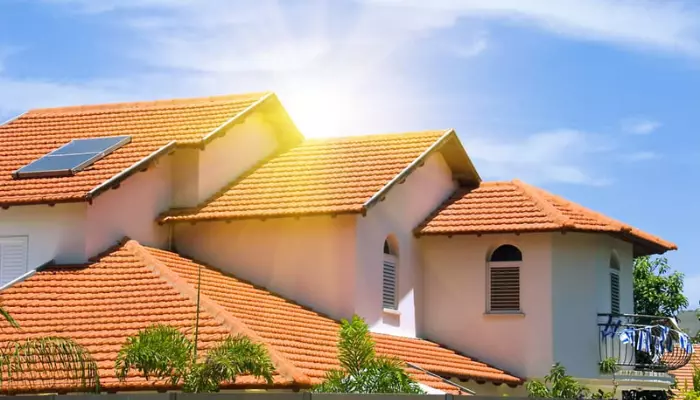
Certainly! Depending on its position, a house’s exposure to sunlight might vary substantially. A house receives more sunshine on its south-facing side than its north-facing side. This is due to the fact that the north-facing side faces away from the equator and receives more indirect sunlight, whereas the south-facing side faces towards the equator and receives direct sunshine all day long.
A house receives morning and afternoon sun on its east and west-facing sides, respectively. It’s essential to comprehend how sunshine enters your home in order to make the most of your living space and cut your energy costs. You can make your living space more efficient and comfortable by utilizing the various aspects of your home.
What Factors Affect Sun Exposure for the House?
There are several factors that can affect the amount of sun exposure a house receives:
- Orientation: A house’s orientation in relation to the sun can have an impact on how much sun exposure it receives. While homes facing east or west get more sunlight in the morning or evening, respectively, homes facing south get more sunlight than homes facing north.
- Surrounding Buildings and Trees: Trees and buildings nearby can obstruct sunlight from entering a house, lowering the amount of exposure that a home receives from the sun.
- Elevation: Due to their closer proximity to the sun, homes at higher elevations receive more sunlight than those at lower elevations.
- Geographical Location: A house’s latitude and longitude have a big impact on how much sunlight it gets. In contrast to those homes closer to the poles, those closer to the equator receive more direct sunlight.
- Seasonal Variations: The amount of sunshine that a resident receives is affected by the sun’s changing angle throughout the year. Houses receive more direct sunlight in the summer because the sun is higher in the sky, and less direct sunlight in the winter because the sun is lower in the sky.
- Climate: The amount of sunshine that a residence receives can vary depending on the local climate. Less sunlight will reach places with more cloudy days or more rainfall than will reach areas with clear, sunny skies.
How to Optimize Your Home for Natural Light?
Making your home as light-filled as possible can have various health advantages, including a lift in mood and an increase in productivity, in addition to making your living area brighter. Here are some ideas for making your home as light-efficient as possible:
1. Choose Light-Reflective Colors
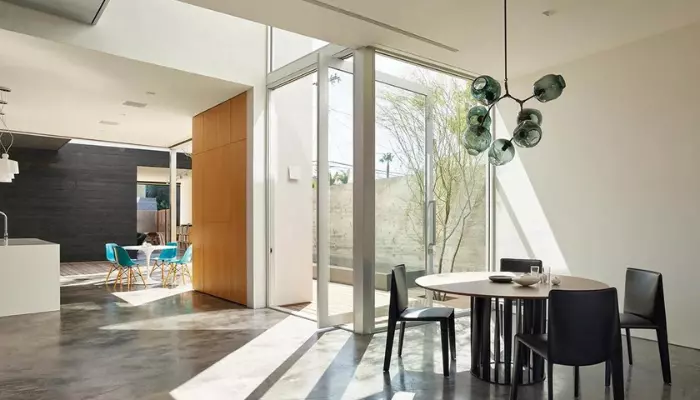
Consider painting your walls and ceilings in light colors to help lighten the space since they reflect more light than dark colors do. Choose drapes that are white or light-colored to let more natural light in.
2. Trim Back Trees and Shrubs

Consider cutting back trees and shrubs or selecting smaller plants that won’t block sunlight if you want natural light to enter your home.
3. Choose Light-Filtering Blinds
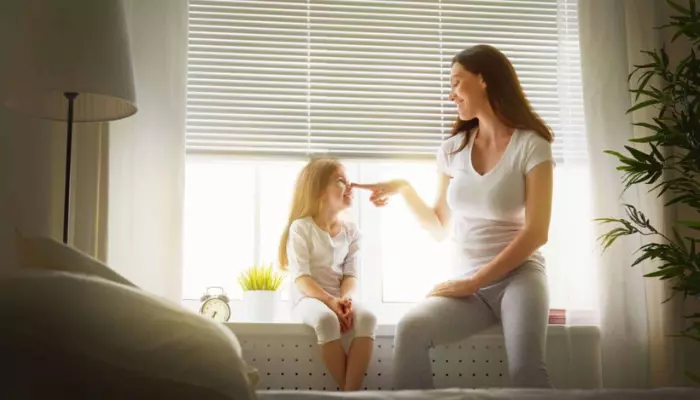
Light-filtering blinds, which permit some natural light to flow through while yet giving privacy, are preferable to heavy curtains or blinds that entirely block natural light.
4. Maximize Window Placement
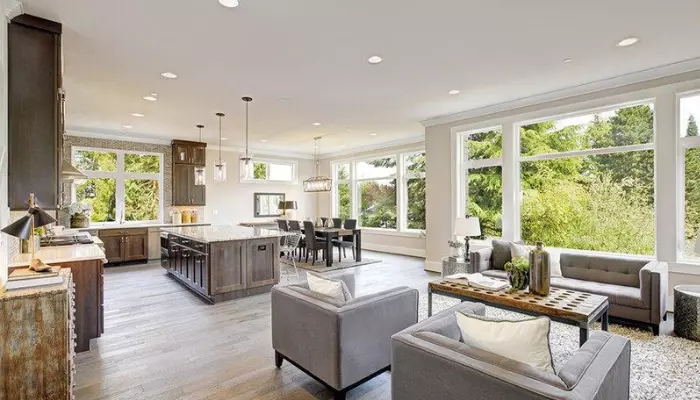
Think about where and how big your windows will be when building or remodeling your home. Try to position south-facing windows in living quarters and work spaces as they receive the most direct sunshine. More natural light can also be added by expanding windows or adding skylights.
5. Use Mirrors and Glass
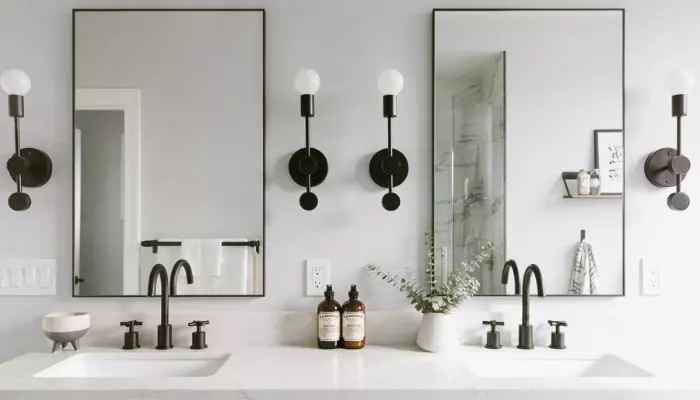
A room can feel brighter by strategically placing mirrors and glass surfaces to reflect natural light. For instance, position a sizable mirror opposite a window to reflect natural light into the space.
6. Clean Your Windows
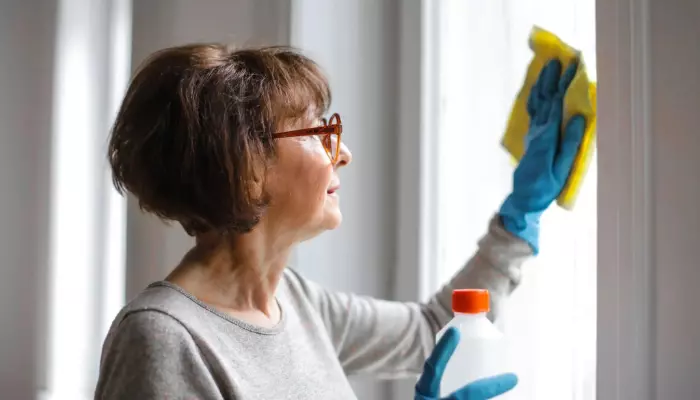
To ensure that as much light as possible enters your home, keep your windows clean on a regular basis to prevent dirt and grime from blocking natural light.
7. Add Light Sources
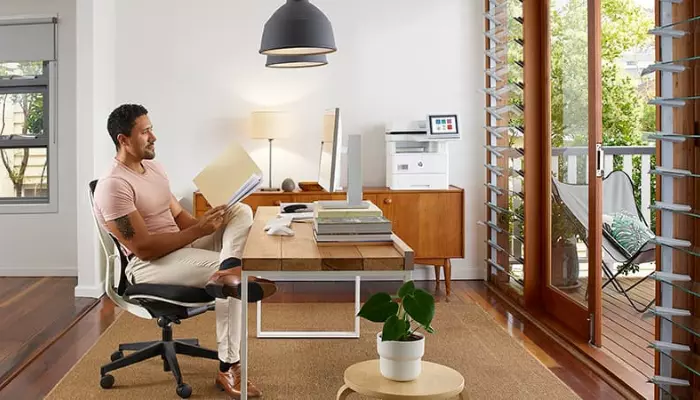
There may be occasions when you require extra light sources, even with optimal natural light. To enliven dark areas of your home, think about introducing table lamps or floor lamps that replicate natural light.
Are west-facing houses good or bad?
In terms of natural light, homes with a west orientation can offer both benefits and drawbacks. West-facing homes get more direct sunshine in the afternoon and evening, which can be helpful for heating and lighting. This may, however, also lead to increased heat gain, which would make the house warmer and possibly raise cooling bills. Additionally, it may cause glare and discomfort at particular times of the day. In the end, the location and climate will determine if a west-facing house is suitable.
Why are north-facing houses considered good?
North-facing houses are considered good for several reasons:
- Passive Heating: Homes that face north receive indirect sunshine, which during the winter months can act as passive heating. This could lower heating bills and increase the home’s energy efficiency.
- Less Direct Sunlight: Homes that face north receive less direct sunlight, which can lessen glare and increase visual comfort.
- Consistent Natural Light: North-facing homes benefit from constant natural light that is neither too bright nor too dark throughout the day. They are therefore perfect for places like bedrooms and home offices that need even lighting.
- Less Heat Gain: Because homes facing north receive less direct sunshine, they may experience less heat gain during the hotter months. This can lower cooling expenses and help keep the house cooler.
In general, north-facing homes are regarded favorably for their constant natural lighting, passive heating advantages, decreased heat gain, and decreased glare. However, the particular location and climate will ultimately determine if a north-facing house is suitable.
What are the advantages and disadvantages of having a home that faces east?
Having a home that faces east receives morning sunlight, which can have both benefits and drawbacks:
Advantages:
- Passive Heating: During the winter months, the early sun can offer passive heating, which lowers heating expenses and increases a home’s energy efficiency.
- Natural Light: An east-facing home gets a lot of morning natural light, which can make it feel cozy and welcoming. Additionally, it may lessen the need for artificial lighting, improving the home’s energy efficiency.
- Vastu Shastra: An east-facing home is seen to be auspicious and to provide luck and good energy to the family, according to the ideas of this ancient Indian architectural practice.
Disadvantages:
- Heat Gain: During the hotter months, heat gain from the morning sun may also occur. This can make the house warmer and raise cooling costs.
- Glare: Direct sunlight can sometimes cause discomfort at certain times of the day, particularly if the home has a lot of east-facing windows or huge ones.
In general, a house with an east exposure can benefit from plentiful natural light and passive heating, but it can also cause heat gain and glare. The particular location and climate eventually determine whether an east-facing residence is suitable.
Conclusion:
You may make your home more natural and light-friendly by determining which side of your property receives the most sunlight.
The amount of solar exposure is influenced by a number of variables, including orientation, latitude, climate, season, and nearby barriers.
You may increase the quantity of natural light in your home by utilizing window treatments, adding skylights, using light-colored paint, and making the most of your landscaping.
Keep in mind the potential negative effects of too much sunlight, such as harmed household items and higher cooling bills.
FAQs about Which Side Of The House Gets The Most & Least Sunlight
q1. Does It Differ If You’re In A Cold Or Warm State?
Ans. Yes, depending on whether a residence is situated in a warm or cold state, the amount of natural light it receives can vary. Natural light levels can be influenced by variables including climate and seasonal fluctuations.
q2. What Direction Should Each Part Of A New House Point?
Ans. A new house’s orientation is determined by its location and climate. Windows facing south receive the most direct sunshine, while windows facing east and west only get sunlight during certain times of the day.
q3. How Do You Position A House To Get More Sunlight?
Ans. Consider putting south-facing windows in living spaces and work spaces to situate a property where it will receive more sunlight. More natural light can also be added by expanding windows or adding skylights.
q4. Which is better, a North-facing house or a South-facing house to receive natural sunlight?
Ans. A south-facing home benefits from natural light since it receives more direct sunlight than a north-facing home. However, the geographical location and regional climate affect the house’s orientation.
Tell Us In The Comments As Per You this information is useful
Additionally, don’t forget to read the other post on ideas for making houses, which will provide you with an insightful and helpful perspective.
